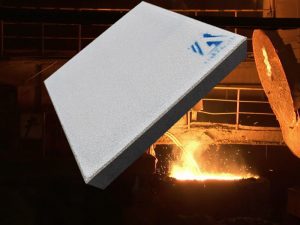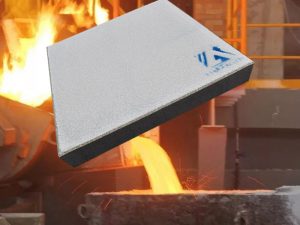Why do we need degassing units
Why do we need degassing units
The cleanliness of the molten metal is very important for all foundries, but even more so for some high-grade aluminum foundries. In the past, research has been carried out to find some faster and more economical methods to remove hydrogen, oxides, and alkalis from molten metal, and these efforts are aimed at improving the quality of castings while improving casting efficiency and reducing production costs and improve the competitiveness of products.
The main way to improve efficiency is to reduce the content of soluble hydrogen in the aluminum alloy. Hydrogen is the only gas that can have a certain solubility in molten aluminum. It is produced by the reaction between molten aluminum and moisture under melting conditions. The sources of moisture are as follows:
1. Moisture from the air
2. Products of fuel combustion
3. Moisture adsorbed on the surface of the loaded material
4. Residual grease on waste
When the scrap is submerged at the melting temperature, hydrogen gas is released when the grease and molten metal react, or when the scrap cracks.
5. Moisture absorbed by tools in the furnace
Some tools used for feeding, stirring, or skimming naturally attract moisture.
6. Moisture absorbed or chemically bound on solid scouring agents or their residues.
The by-products of refining with chlorine are the chloride salts of aluminum and magnesium. These chlorides are highly absorbent and adhere to tools or the inside walls of the furnace.
7. Incomplete drying of the container surface
Before contact with molten aluminum, the coating of refractory mud, melting or holding furnaces made of refractory materials, furnace linings or launders made of refractory materials are not thoroughly dried, all of which have an impact on the formation of hydrogen.
8. Gas
Gases introduced into molten aluminum for various refining purposes may contain moisture. If you insist on some method to reduce the moisture entering the molten metal, the hydrogen content will be reduced. In addition, since the dissolution of hydrogen and the formation of oxides increase with temperature, the temperature in the furnace should be strictly controlled. If possible, the maximum temperature during melting should be below 760°C.
During melting, in addition to dissolving, hydrogen is also generated and entered into the molten aluminum due to the reaction between the molten aluminum and the moisture in the air during the transportation or casting of the molten aluminum, especially when the oxide film on the liquid surface during these operations is due to When rolled and destroyed. The dissolution of hydrogen is slower when the liquid level is still.
In conclusion
Molten aluminum is easy to dissolve in hydrogen, so aluminum degassing also called degassing with nitrogen becomes the normal process for both aluminum production and aluminum casting. AdTech's degassing units can help you to remove hydrogen from the molten aluminum liquid.




